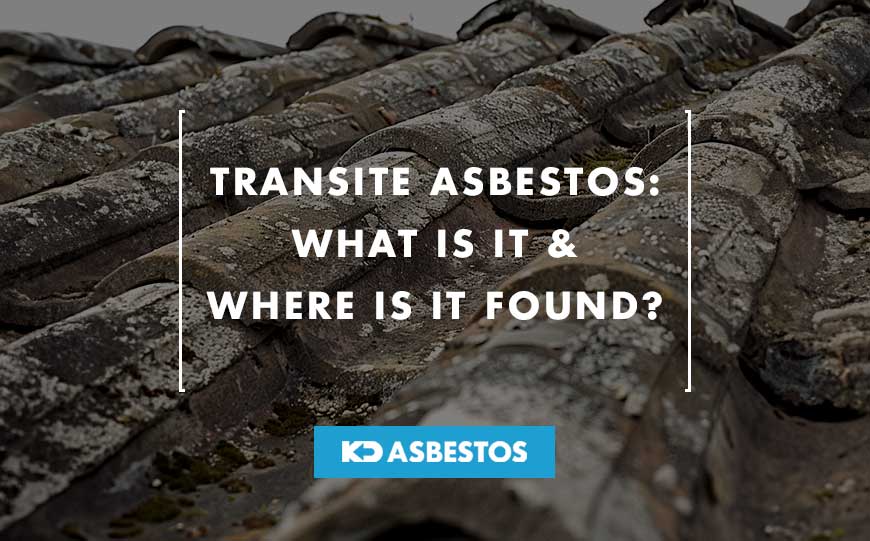
Asbestos, a once-praised mineral for its versatility, has left a dark legacy due to its associated health risks.
Among its various forms, transite asbestos stands out, known for its fire-resistant properties.
In this article, we will go into everything about transite asbestos, understanding what it is, where it can be found, the identification process, the potential dangers it poses, and whether it’s still in use today.
Table of Contents
What is Transite Asbestos?
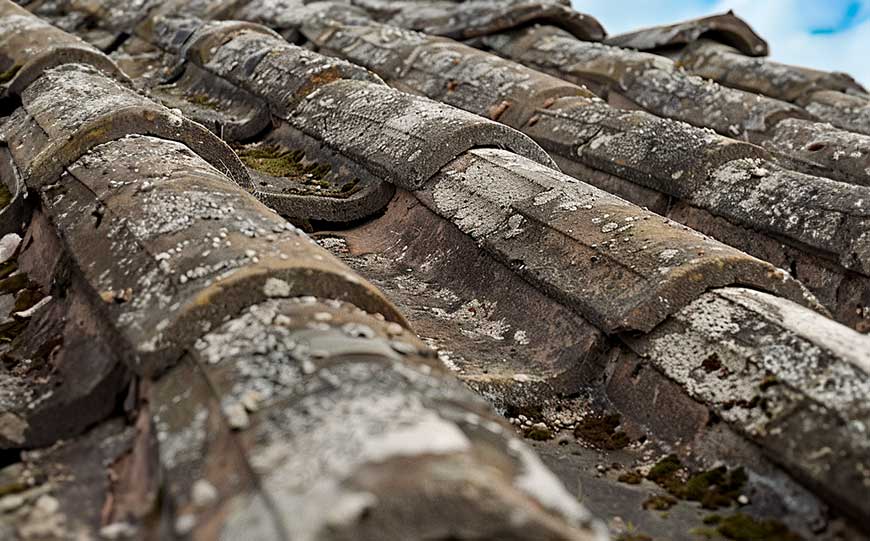
Transite asbestos, also known as asbestos-cement, is a composite material made by blending asbestos fibres with cement.
This combination results in a robust and fire-resistant material that was extensively used in construction during the mid-20th century.
It boasts excellent insulating properties, making it a popular choice for various applications.
While its durability was once highly regarded, the health hazards associated with asbestos exposure have led to a decline in its use.
Understanding what transite asbestos is and recognizing its characteristics is crucial for identifying potential risks and ensuring safe practices in construction and renovation projects.
Where is Transite Asbestos Found?
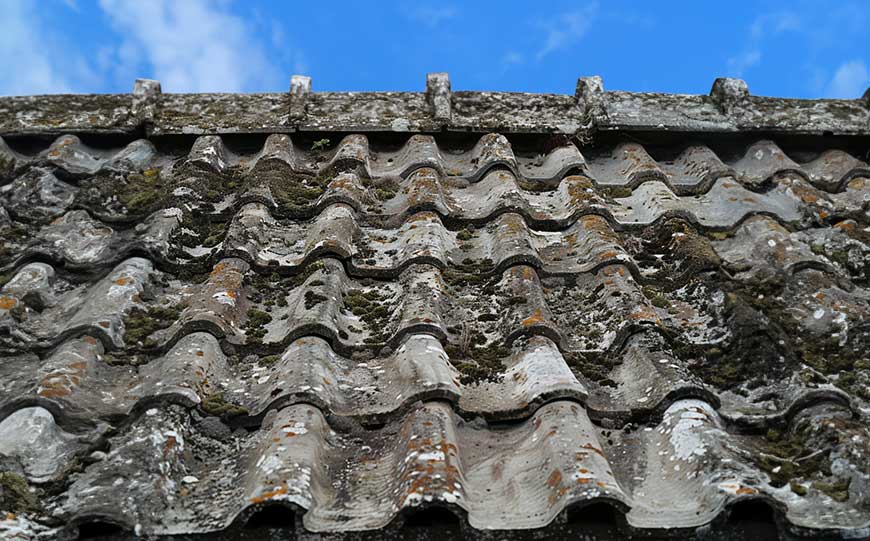
Even through Transite asbestos is now longer used, it could be found in numerous places and several industries:
Residential Structures
In residential settings, transite asbestos was widely used for various purposes.
It found applications in roofing and siding materials, providing durability and fire resistance.
Transite pipes were also commonly used for water and sewage systems in homes built during the mid-20th century.
Commercial Buildings
Transite asbestos was extensively used in commercial construction for its versatility.
It could be found in roofing materials, siding panels, and insulation.
Its fire-resistant properties made it a preferred choice for applications where safety was a primary concern.
Industrial Sectors
Within industrial environments, transite asbestos played a significant role.
It was employed for insulation in furnaces and boilers, as well as in pipes and conduits.
Its ability to withstand high temperatures made it valuable in industries where heat-resistant materials were crucial.
Infrastructure and Utilities
Transite asbestos was commonly used in infrastructure projects and utility systems.
Asbestos-cement pipes were employed for water distribution and sewage systems.
The material’s strength and durability made it suitable for withstanding the demands of underground applications.
Renovation and Demolition Sites
Due to its prevalence in construction, transite asbestos may still be present in older structures.
Renovation or demolition projects involving structures built before asbestos regulations may encounter transite asbestos in roofing, siding, or insulation materials.
Identifying and handling transite asbestos in such projects is essential to prevent health risks associated with asbestos exposure.
How is Transite Asbestos Identified?
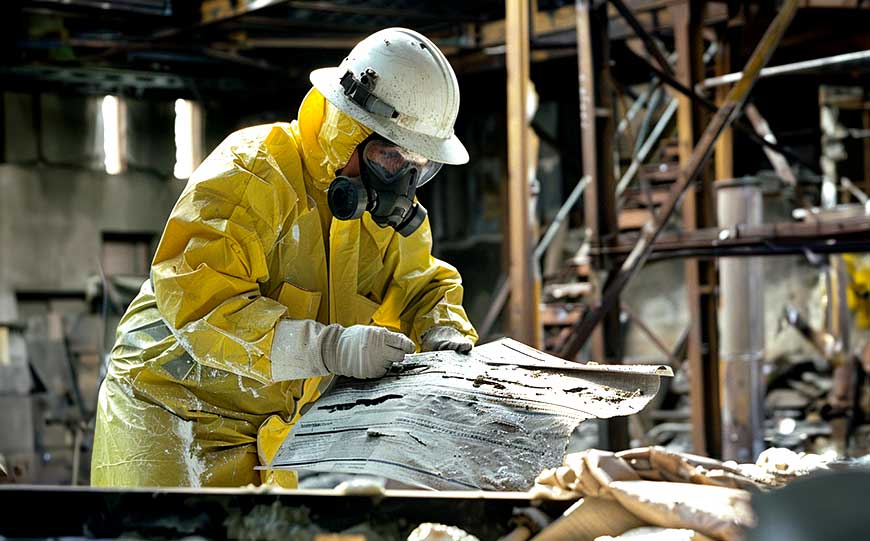
Being able to identify Transite asbestos can be incredibly important when it comes to dealing with older buildings:
Visual Inspection
Identifying transite asbestos often begins with a visual inspection of the material in question.
Transite asbestos typically has a greyish colour and a fibrous texture, resembling cement or concrete.
However, visual inspection alone may not be sufficient for accurate identification, as other non-asbestos-containing materials may share a similar appearance.
Asbestos Testing
For precise identification, professional asbestos testing is crucial.
Trained asbestos inspectors can collect samples of the material and submit them for laboratory analysis.
Specialised laboratories use microscopy techniques to identify the presence of asbestos fibres within the sample.
This method offers a conclusive determination of whether transite asbestos is present.
Awareness of Historical Use
Understanding the historical use of transite asbestos aids in identification efforts.
Knowing the time period when a structure was built and the common materials used during that era provides valuable context.
Transite asbestos was prevalent in construction during the mid-20th century, particularly in the 1950s and 1960s, making structures from this period more likely to contain transite asbestos.
Consulting Building Records
Consulting building records and documentation related to construction or renovation projects can provide insights into the materials used.
This historical information may include details about the presence of transite asbestos in specific components of a structure.
Such records can guide identification efforts during renovation or demolition projects.
Professional Expertise
Seeking the expertise of professionals experienced in asbestos identification is essential, such as an asbestos surveyor.
Asbestos professionals possess the knowledge to assess materials accurately.
Their expertise ensures proper identification and informs appropriate measures for handling transite asbestos to minimise health risks during construction or renovation activities.
KD Asbestos can help you with all your asbestos related needs.
What are the Dangers of Transite Asbestos?

Transite asbestos, as well as asbestos in general, can cause a multitude of health issues, with some of the main ones being:
Inhalation
The primary danger associated with transite asbestos lies in the potential inhalation of asbestos fibres.
When the material becomes damaged or deteriorates over time, microscopic asbestos fibres may be released into the air.
Once airborne, these fibres can be inhaled, posing severe health risks.
Asbestosis
Inhalation of asbestos fibres can lead to the development of asbestosis, a chronic lung condition.
Asbestosis occurs when asbestos fibres cause scarring and inflammation in the lungs, leading to breathing difficulties and decreased lung function over time.
This condition is irreversible and can be progressive, impacting an individual’s quality of life.
Cancer Risks
Exposure to transite asbestos also increases the risk of developing serious cancers, with mesothelioma being a notable concern.
Mesothelioma is a rare and aggressive cancer that primarily affects the lining of the lungs, abdomen, or heart.
Additionally, prolonged exposure to asbestos raises the risk of developing lung cancer, further underscoring the dangers associated with this material.
Other Health Complications
In addition to respiratory issues and cancer risks, exposure to transite asbestos can lead to various health complications.
These may include pleural plaques, pleuritis, and pleural effusions.
While these conditions may not be as severe as asbestosis or mesothelioma, they contribute to the overall health hazards associated with asbestos exposure.
Preventing Asbestos-Related Diseases
Preventing the dangers of transite asbestos involves implementing rigorous safety measures during renovation or demolition projects.
Proper asbestos testing, safe handling practices, and the use of protective equipment are essential to minimise the release of asbestos fibres and subsequent health risks.
Timely identification and responsible removal of transite asbestos are crucial steps in safeguarding the health of individuals working with or residing in structures that may contain this hazardous material.
Is Transite Still Used Today?
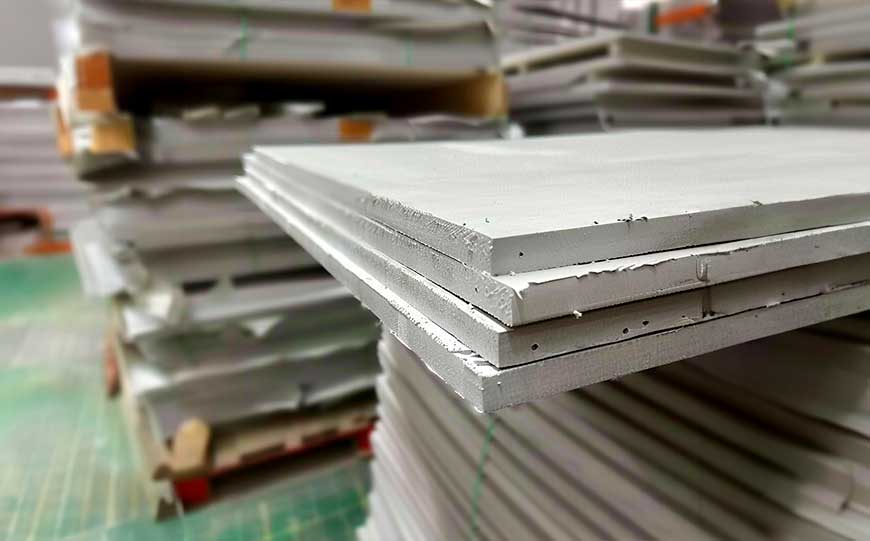
Today, transite is still in use, but it’s crucial to note that modern transite is manufactured without asbestos.
Asbestos, once a common component for its fire-resistant properties, has been phased out due to the well-established health risks associated with asbestos exposure.
Modern transite typically utilises alternative materials to achieve the desired properties without the use of asbestos fibres.
However, it’s essential to be aware that some contemporary transite products, particularly fibre cement boards, may contain crystalline silica.
Crystalline silica is a mineral found in various natural materials, including certain types of rock, sand, and clay.
Exposure to crystalline silica dust, especially during the cutting or sanding of these materials, is known to pose health risks.
Crystalline silica inhalation can lead to silicosis, a non-cancerous lung disease characterised by inflammation and scarring of the lung tissue.
It’s crucial for individuals working with or around products containing crystalline silica to adhere to safety guidelines, such as wearing proper protective equipment and using dust control measures, to minimise the risk of respiratory issues associated with silica exposure.
Overall, awareness and responsible handling practices are essential when working with modern transite products to ensure the safety of individuals in various industries.
Conclusion
Transite asbestos, once celebrated for its fire-resistant properties, now stands as a symbol of the hazards associated with asbestos exposure.
Understanding what transite asbestos is, where it can be found, and the potential dangers it poses is essential for both homeowners and professionals in the construction and renovation industries.
While its use has diminished, remnants of transite asbestos may linger in older structures, emphasising the importance of vigilant identification and safe handling practices to protect human health.
The legacy of transite asbestos serves as a reminder of the ongoing efforts needed to manage and mitigate the risks associated with asbestos-containing materials in our built environment.
For any asbestos related concerns or requirements, get in touch with us here at KD Asbestos.